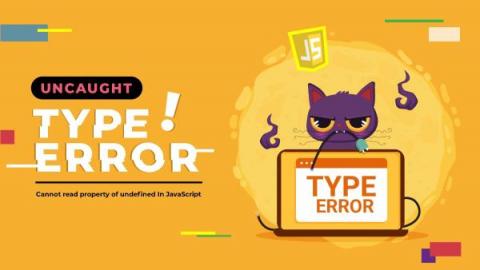Systems | Development | Analytics | API | Testing
Testing
The latest News and Information on Software Testing and related technologies.
Why now is the right time to move on from Micro Focus
Organizations relying on testing tools from Micro Focus (and before that, HPE) to ensure the quality of their digital initiatives recently received sobering—if not surprising—news: Micro Focus announced that it was being acquired by OpenText, giving the company’s aging testing products their second “new home” in five years (Micro Focus acquired ALM/Quality Center, UFT, and LoadRunner as part of their 2017 purchase of HPE’s software business).
Benchmark Your Elixir App's Performance with Benchee
At some point, every software engineer will find themselves in a situation where they need to benchmark system performance and test the limits of what a given system can handle. This is a common problem in software engineering, and even more so in the applications that are well suited for Elixir. Finding bottlenecks early on in an application can save a lot of time, money, and effort in the long run, and give developers confidence in the upper limit of a system.
What are positive and negative testing scenarios in software testing with examples
Software testing is the process of evaluating and confirming a software program to ensure it functions as intended. It is designed to provide that a program works as intended and to discover flaws before it is used. There are two main methods for testing software. 1. Positive Testing 2. Negative Testing In this article, I will discuss positive and negative testing scenarios, clearly distinguishing between them with examples to help you write good test cases for your software programs.
Central Bank Digital Currency (CBDC): Here is All You Need to Know
As the name suggests, CBDC is the central bank-issued digital currency. It is an electronic form of sovereign currency that will appear as a liability on a central bank’s balance sheet just like physical currency. Instead of printing money, the central bank, backed by the central government, issues electronic coins or money. CBDCs are not meant to replace cash but to coexist as additional payment methods. CBDCs should be exchangeable at par with cash.
Regression Testing Vs Unit Testing and Re-Testing
Regression testing and unit testing are two different types of testing, yet many of TestQuality users use them interchangeably. Although we already went through Regression Testing Challenges and Best Practices in a previous post, it's important to distinguish between the similarities and differences between regression testing and unit testing. All unit tests are, in essence, regression tests.
Control and Automate Your Testing with ReadyAPI + Zephyr Scale
Testing is the bottleneck of devops. 80% of testing is done manually. This is time-consuming, error-prone, tedious, and expensive. It's a hundred times more expensive to fix an error caught in production versus an error caught. Dev teams are being pushed to release code faster, release new features faster, and beat their competitors in every possible way. Automation is a cheaper and more accurate way to test. It lets everyone focus on most important goals.
Resilience and chaos testing with SteadyBit and k6, with Benjamin Wilms (k6 Office Hours #61)
Performance Testing for large scale programmes
In this post we are going to look at performance testing on large scale programmes. A few the posts we write define techniques and approaches based on a single application under test but sometimes you are faced with the prospect of performance testing: Now, especially in the case of migration of services, performance is key, and you cannot afford to see a degradation in performance as the business users will have already become accustomed to the software and how it performs.
Uncaught TypeError: Cannot Read Property of Undefined in JavaScript
JavaScript (JS) is the most popular programming language and is ranked as one of the TOP 5 programming languages in the world. TypeScript is JavaScript with type syntax and is a strongly typed programming language based on JS that provides better tooling at any size. But, internally, it’s again JavaScript. Today almost everyone uses JavaScript for front-end web development, and frameworks such as React, Vue, and Angular made JavaScript even more popular.











